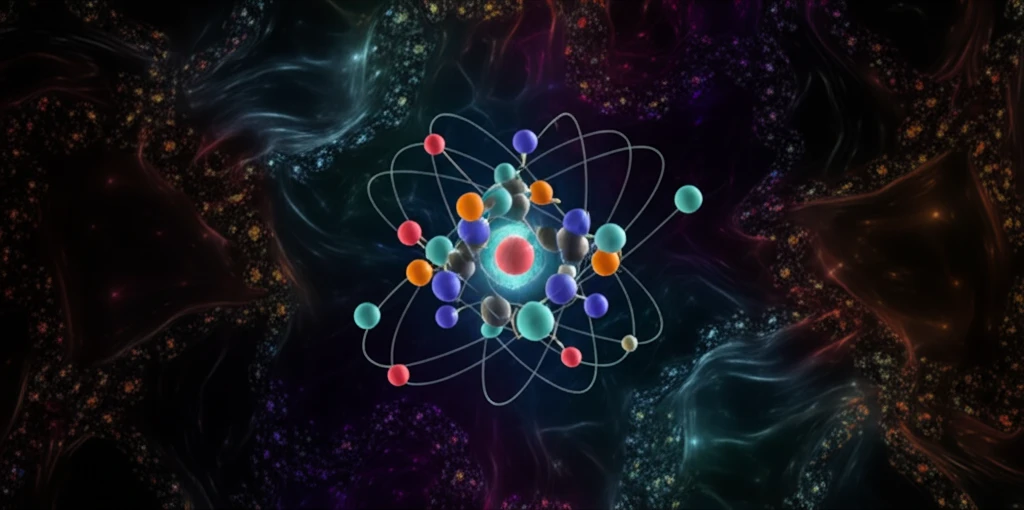
Unlock New Reactions: How Ruthenium Complexes are Transforming Catalysis
"A New Ruthenium Bisammine Complex Shows Promise in Catalyzing Reactions with Aryl Azides, Opening Doors to Innovative Chemical Synthesis"
In the ever-evolving field of chemistry, catalysts play a crucial role in accelerating chemical reactions and enabling the synthesis of complex molecules. Among the various catalysts, ruthenium complexes have emerged as powerful tools due to their unique electronic and structural properties. Researchers are constantly exploring new ruthenium-based catalysts to unlock novel reactions and improve existing synthetic methods.
A recent study by Park, Kim, Bae, Rhee, and Park focuses on the synthesis and reactivity of a novel ruthenium bisammine complex. This complex demonstrates remarkable catalytic activity in reactions involving aryl azides, which are versatile building blocks in organic synthesis. The findings suggest that this ruthenium complex can serve as a valuable precursor for various ruthenium(II) complexes, expanding the scope of chemical transformations.
The research builds upon earlier work involving ruthenium complexes with sterically demanding cyclopentadienyl ligands. These ligands enhance the catalytic activity of the ruthenium center, enabling reactions such as arene production from alkynes and hydrobenzamide formation. The new ruthenium bisammine complex represents a significant advancement, offering a more efficient and versatile platform for catalytic reactions with aryl azides.
Ruthenium Bisammine Complex: Synthesis and Reactivity

The core of this study lies in the creation of a novel ruthenium bisammine complex, achieved through the reaction of a ruthenium 1,4-dibenzyltetraazadiene complex with primary amines at room temperature. This method marks a significant advancement, providing a versatile precursor for synthesizing various Ru(II) complexes via ligand exchange reactions. In simpler terms, imagine this complex as a central hub from which a multitude of different chemical reactions can be initiated and controlled.
- The ruthenium bisammine complex is synthesized from a ruthenium 1,4-dibenzyltetraazadiene complex and primary amines.
- The complex reacts with azidobenzene to form a ruthenium 1,4-diphenyltetraaza-1,3-diene complex.
- Bulky aryl azides react with the complex to form ruthenium imido complexes.
- Ruthenium imido complexes exhibit high catalytic activity in reactions of alkyl azides with primary amines.
Conclusion: A Promising Future for Ruthenium Catalysis
The discovery and characterization of the ruthenium bisammine complex and its subsequent transformation into various Ru(II) complexes and imido complexes, opens up new avenues for catalytic reactions. The high catalytic activity of the ruthenium imido complexes in the synthesis of N-substituted imines makes this research a significant advancement in catalysis and chemical synthesis. These new reactions promises a more efficient, controlled, and environmentally friendly approach to chemical synthesis, paving the way for innovation.
